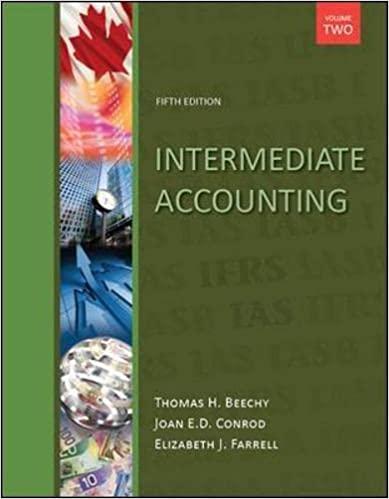Answered step by step
Verified Expert Solution
Question
1 Approved Answer
The ratio problem is solved I just need the following: For each individual ratio for each company, Your comments for each ratio should include more
The ratio problem is solved I just need the following:
- For each individual ratio for each company, Your comments for each ratio should include more than just a definition or increase or decrease ofthe ratio. You should focus on interpreting each ratio number for the company andsupport your comments.
- Use the ratio results by category to form and support conclusion by Liquidity, Solvency and Profitability. Thenuse to complete the Overall Conclusion as to the financial results of the company (ratios described in the chapters covered and summarized in Chapter 14 of your textbook). Conclude by stating whether the company is the better employment /investment opportunity and why.

Step by Step Solution
There are 3 Steps involved in it
Step: 1

Get Instant Access to Expert-Tailored Solutions
See step-by-step solutions with expert insights and AI powered tools for academic success
Step: 2

Step: 3

Ace Your Homework with AI
Get the answers you need in no time with our AI-driven, step-by-step assistance
Get Started


